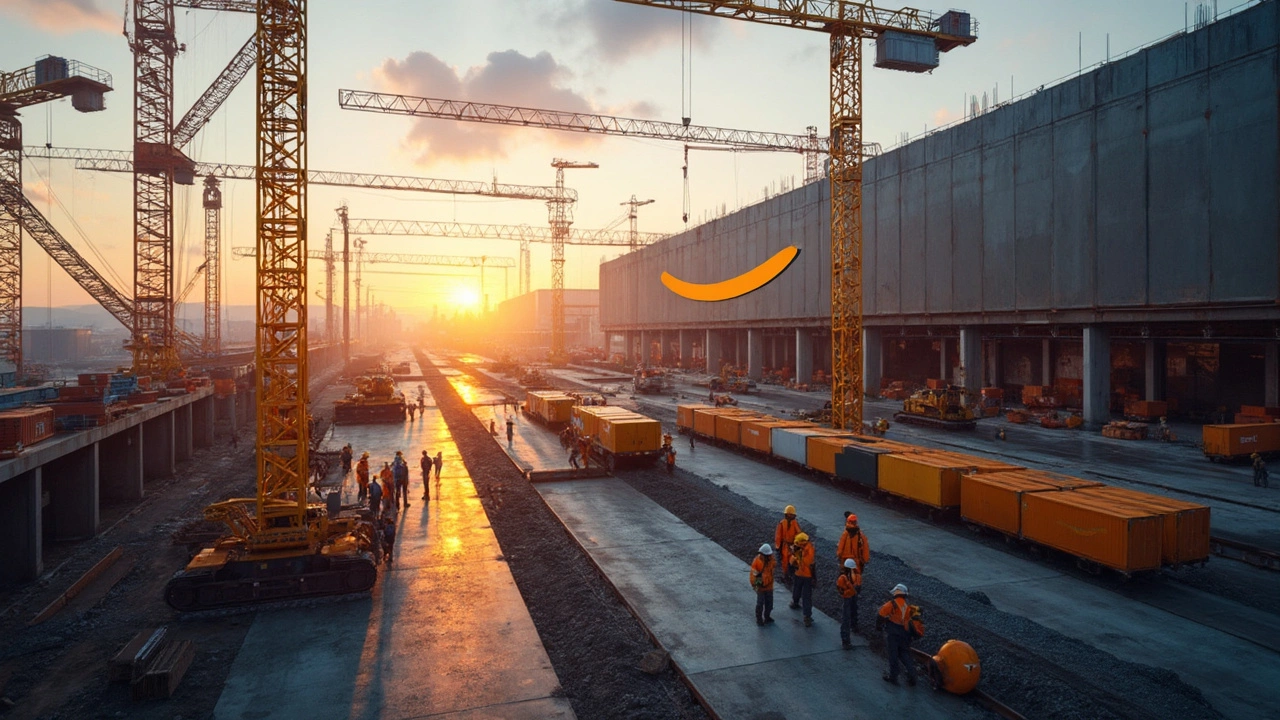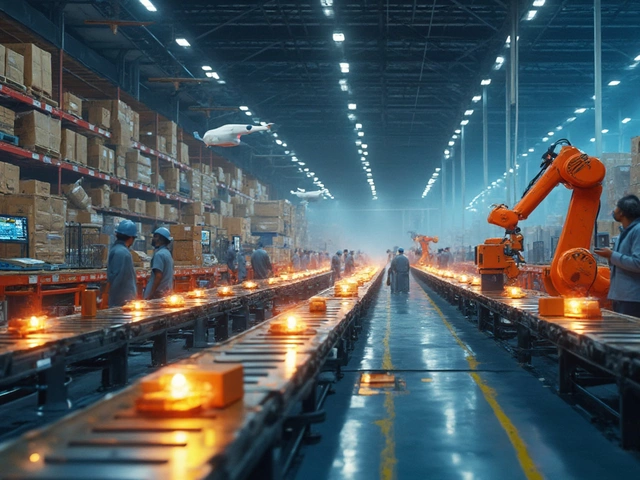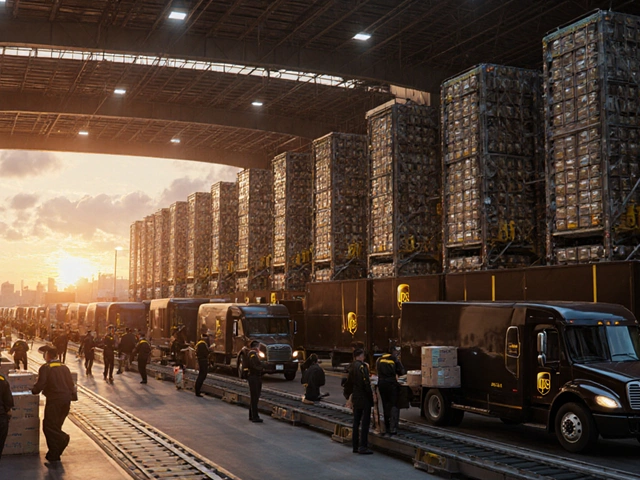Warehouse Construction: Practical Tips for Building an Efficient Space
Thinking about a new warehouse? You’re probably weighing cost, speed, and how the building will help your business run smoother. The good news is you don’t need an engineering degree to make smart choices. Follow these clear steps and you’ll avoid common pitfalls while keeping the budget in check.
Planning Your Warehouse Build
Start with the why. List the types of goods you’ll store, the equipment you need, and the daily flow of workers and trucks. A simple sketch on paper can reveal bottlenecks before you spend a penny on concrete.
Next, size it right. Too small and you’ll be cramming pallets; too big and you waste heating, lighting, and rent. Use a basic calculator: total pallet spots × average pallet height × aisle width. Add a 10‑15% buffer for future growth.
Location matters for more than just a good road address. Check road access, zoning rules, and nearby utilities. If you can place the building near a major highway, loading docks will be quicker and fuel costs lower.
Budget early. Break the total into land, foundation, walls, roof, HVAC, lighting, and fit‑out (shelving, conveyor belts, safety systems). Allocate 10‑15% for unexpected costs – construction projects love surprises.
Key Steps During Construction
When the ground breaks, keep the project manager on a weekly check‑in. Simple things like confirming that the foundation depth matches the soil report can stop a costly re‑work later.
Choose the right structure. Steel frames are fast to erect and flexible for later expansion. Concrete floors are durable for heavy forklifts, but they take longer to cure. Talk to a supplier about pre‑cast panels – they can shave weeks off the schedule.
Install loading docks early. Trucks spend most of their time waiting if docks are incomplete. Make sure the dock height matches the most common trailer size for your region.
Don’t ignore lighting and ventilation. LED lights use 50% less energy than older fixtures and produce less heat, which helps keep the HVAC load down. Good airflow prevents dust buildup and keeps workers comfortable.
Finish with safety and technology. Install fire suppression, emergency exits, and clear signage. If you plan to use a Warehouse Management System (WMS), embed RFID readers and Wi‑Fi points while the walls are still open – it’s cheaper than retrofitting later.
Finally, walk the floor when construction wraps up. Test doors, dock levelers, and lighting. Ask the warehouse team to run a quick pick‑and‑pack drill. Their feedback will highlight any awkward spots before the business goes live.
Building a warehouse doesn’t have to be a nightmare. By defining goals, sizing correctly, budgeting for surprises, and keeping a close eye on critical milestones, you’ll end up with a space that makes your operations faster and cheaper. Ready to start? Grab a notepad, sketch your layout, and talk to a local contractor about how quickly you can turn those plans into a working warehouse.
May 23, 2025
Evelyn Wescott
0 Comments
Ever wondered who actually builds those massive Amazon warehouses that seem to pop up everywhere in the USA? This article digs into the companies behind the scenes, the main steps in the building process, and what sets Amazon's construction projects apart. We'll look at the big-name contractors, how they layout these huge spaces, and why speed and efficiency matter so much to Amazon. Tips on how Amazon picks its building teams and handles strict deadlines are included. Get ready for a clear, practical look at a world that rarely makes the headlines.




